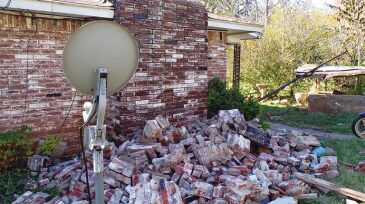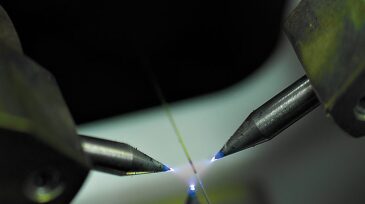unconventional resources
-
This paper presents methods for production forecasting that give reasonable post-treatment predictions that have been found to be useful for economic planning.
-
The United States’ liquids-rich shale experience has been dominated by three major plays: the Eagle Ford Shale in south Texas, the Permian Basin in west Texas, and the Bakken Shale that straddles North Dakota and Montana.
-
A sharp rise in seismic events in some areas of the United States where oil and gas production is booming is leading regulators and the industry to examine whether the two are related.
-
Unconventional resources offer many substantial benefits, yet the rapid increase in production of these resources using hydraulic fracturing has generated scrutiny by some policymakers and advocates who cite health concerns.
-
It has been an impressive comeback for a technology that once stood on the brink of failure. The upstream oil and gas industry has largely resolved crippling technical challenges that shortened the life of fiber-optic cables in downhole applications and is now working on a big encore.
-
The application of lessons learned in projects is generally a trusted approach to tackling design challenges. However, the design of onshore production systems for unconventional resources does not allow for straightforward crossover from onshore or offshore conventional to unconventional systems.
-
This article explores the outlook for the global market and gives insight into technology trends and the regions that hold the biggest opportunities for water treatment.
-
More than 21 billion bbl of light, sweet crude oil will be extracted over the lifetime of the Bakken and Three Forks shale plays, according to the latest projections from energy consultancy group Wood Mackenzie.
-
A growing chorus of suppliers, researchers, and service companies is persuading US operators to re-examine their use of slickwater in shale plays and consider displacing it with carbon dioxide and nitrogen.
-
Fabián Vera, Baker Hughes, and Christine Ehlig-Economides, Texas A&M, explain transient well analysis and how it contributes to shale development.










